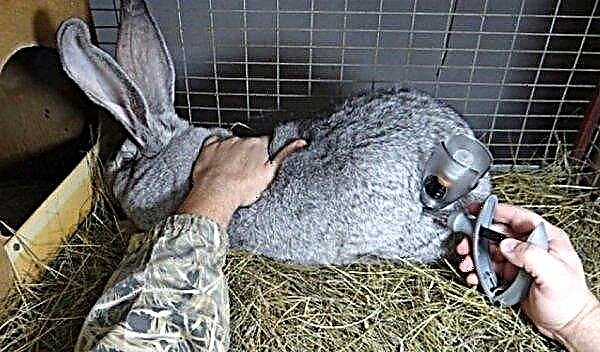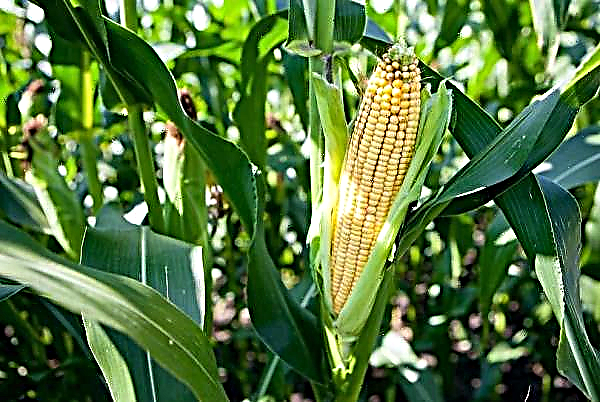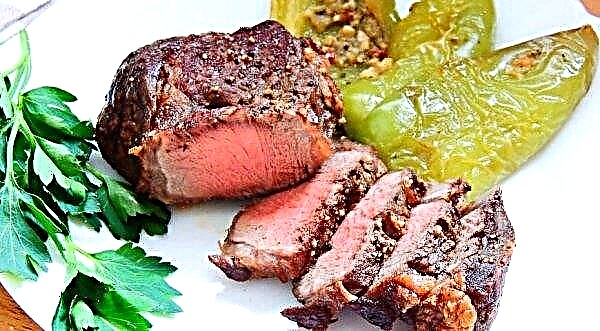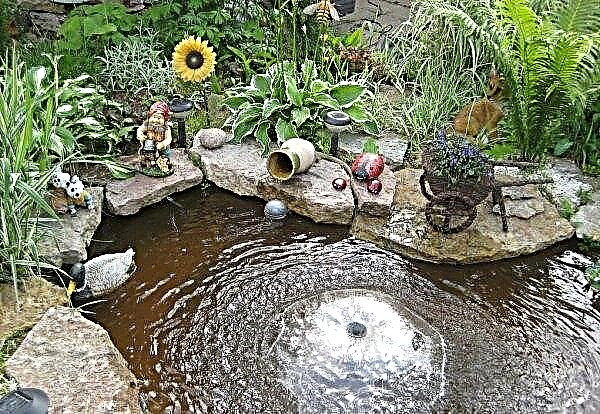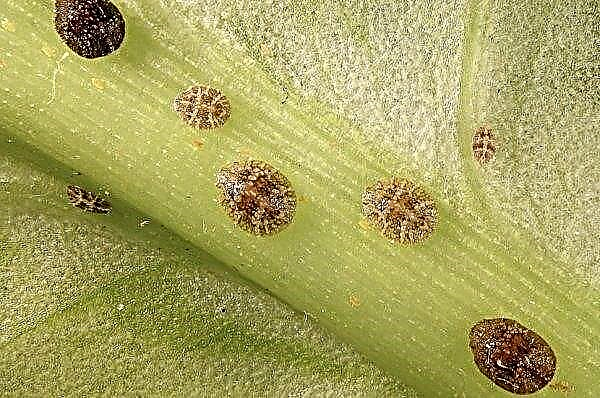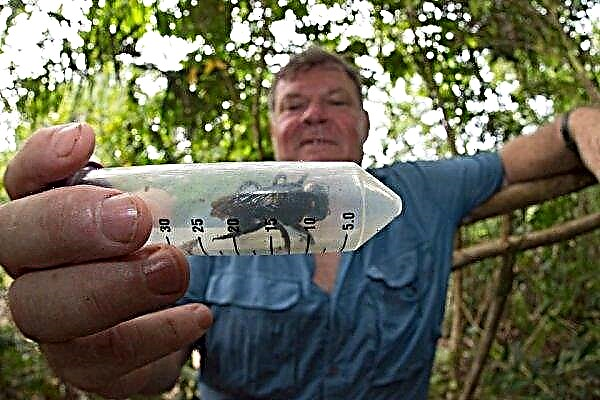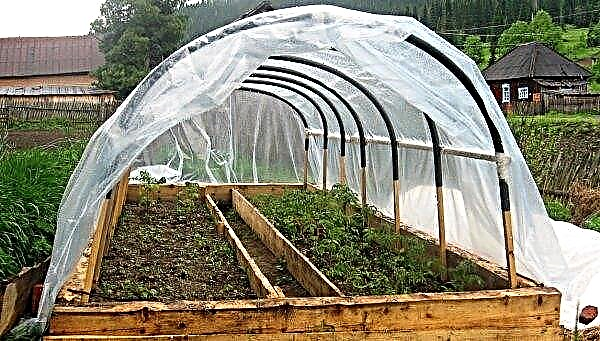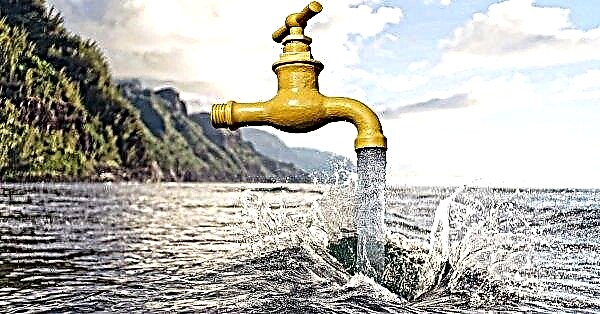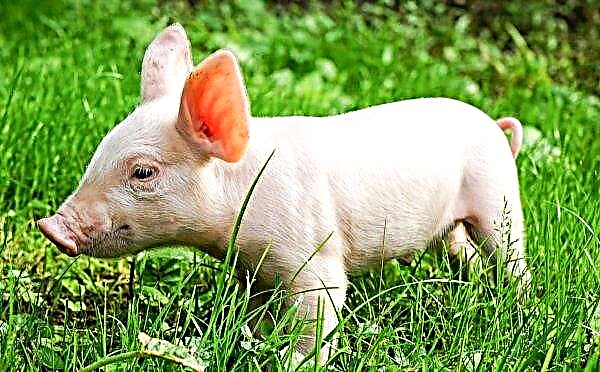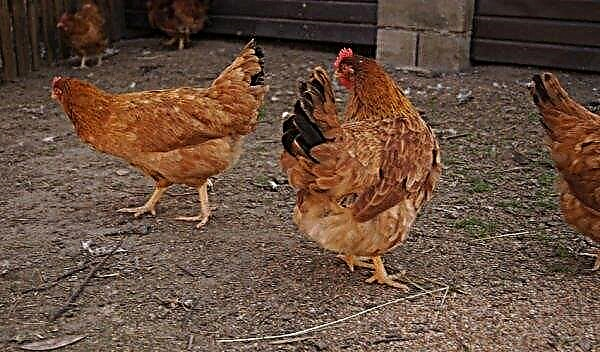Many gardeners who contain greenhouses are interested in what sensors they should be equipped with. Below is a detailed description of the types of such sensors, as well as an assembly diagram for self-manufacturing.
What sensors are needed in a greenhouse?
A daily monitoring of the stability of microclimatic conditions in industrial greenhouses is provided by a specific sensor system. In individual greenhouses, climatic conditions are regulated by ventilation and control of the heating system.
Constant maintenance of sensors is a tedious and time-consuming process for a gardener, so he has to design a thermostat with his own hands. Its scheme and all calculations are selected individually, taking into account the design of the greenhouse. The selection of equipment is influenced by the varieties of plants grown in it, and the structural elements of the heating and ventilation systems.Did you know? The design of greenhouses in Iceland implies their location near geysers. This solution allows you to quickly and efficiently care for plants.
Thermostats for the greenhouse
Thermostat - a necessary device designed to set and adjust the humidity and temperature in the room. It is used in order to provide an abundant crop of vegetables, berries and greens in greenhouse conditions.
There are three types of temperature regulators on sale:
- mechanical;
- electronic;
- sensory.

Devices differ from each other in the design and principle of operation of the existing mechanism. The most convenient option is automatic climate control in the greenhouse.
Some models have a programming function:
- for a specific type of plant;
- under a certain light mode;
- with information support.
Over time, in the process of depreciation, the thermostat loses the accuracy of measurements, so it should be inspected every year.Important! The main structural element is the temperature control unit. Its functioning is carried out by measuring sensors connected to it.
Mechanical
Mechanical temperature controller - a remote device that regulates the operation of climatic equipment, which helps to maintain the required temperature in greenhouses. A mechanism is being made in the form of wiring equipment. Mount the device directly inside the greenhouse.
Electronic
In an electronic device, a thermistor acts as a sensor. The main advantage is accuracy in maintaining the temperature inside the greenhouse (due to its sensitivity to minor changes in temperature).
Sensory
Using the touch sensor, you can set not only the operating time of the heating system, but also the optimum temperature for growing greenhouse vegetables. This device can be programmed for a long period of work - from seven days, and in some models for a longer period.
The scheme of the device is as follows: the thermostat sends a signal to the heating system, which automatically processes the data from several sensors simultaneously.
DIY temperature controller
The device in question can be made with your own hands - for this it is recommended to remake a simple pointer thermometer.
You can also design a hydraulic actuator for thermoregulation. Below is a list of the materials necessary for this and a diagram of the assembly of these devices is presented.Important! It must be taken into account that fappliance operation depends on the power supply.
Necessary materials
For the manufacture of a temperature controller you will need such materials:
- 9 watt bulb;
- thin tin;
- phototransistor;
- glue;
- corner to obstruct the course of the arrow;
- lens;
- photocell wire;
- automobile hydraulic cylinder or piece of tin, zinc, plastic, polycarbonate;
- ball chamber made of plastisol;
- toggle switch;
- neon lamp.

For the manufacture of a hydraulic actuator, you will need such materials:
- a cylinder 300 mm long and 40 mm in diameter;
- hydraulic tank;
- brake hose with M10 thread, pitch 1.25;
- M-10 bolt 50-60 mm long;
- nut;
- wooden stick;
- metal plug;
- 2 circles of foam with a diameter of 40 and 38 mm;
- air chamber from the ball;
- spindle oil.

Scheme
In order to construct a regulator yourself, you must follow this algorithm:
- Disassemble the thermometer without damage.
- In the area of the desired temperature range in the scale, carefully drill a hole with a diameter of 2.5 mm.
- Opposite it, cut a corner with a hole of 2.8 mm from thin tin.
- Place a phototransistor in the nest of the corner and glue it with glue.
- Place the corner for the obstacle to move arrows under the hole and secure.
- Place a 9-watt bulb on the opposite side of the thermometer.
- For a better reaction, it is necessary to put a lens on the temperature indicator, placing it between the bulb and the scale.
- Route the photocell wire through the center hole on the thermometer scale.
- Drill a hole for the bulb wires in the housing.
- Insert a tourniquet into the vinyl chloride sheath and fix it.
- A photorelay with a GT 109 transistor and a voltage regulator must be assembled using a standard circuit.
- Place all elements on the basis of the relay mechanism.
- On the common housing, place a toggle switch and a neon lamp on the outside to give a signal about heating.

Hydraulic actuator for thermoregulation, scheme
The principle of operation of the hydraulic actuator is to perform reciprocating movements that do not require the use of electricity.
To manufacture the specified device, you must perform the following steps:- Take an automobile hydraulic cylinder or build this element yourself using a sheet made of the above materials.
- The bottom of the structure must be sealed using a circle of the corresponding diameter cut from foam.
- Make a circular hole in the center of the plug.
- Next, you need to make the rod and piston using a wooden stick and a second such circle, however, with a diameter smaller by 2 mm, so that the piston can freely slide along the entire length of the cylinder.
- Take the chamber with the air inside, attach a hose to it and place it inside the fixture, passing it through the hole in the plug.
- Attach the stem to the piston and insert it into the cylinder so that it presses the air chamber.
- Cool the oil to +14 ... 15 ° C.
- Pour the cooled liquid into the hydraulic tank by moving the stem progressively: this will pump this system.
- Filling the container with fluid, tighten the plug by tightening it with a wrench. The stem must be retracted.
- Then add oil to the edge through the hole in the plug.
- Screw it on and fasten with a nut. This manipulation should be continued until the stem begins to extend.
Video: Thermometer for a greenhouse
As the oil temperature rises, the stem will begin to extend out of the makeshift cylinder. This makes it possible to regulate the climate in the greenhouse: by unscrewing or twisting the bolt, you can do this.
Place the container with the liquid in the room under the ceiling, but in such a way that direct sunlight does not fall on it. Using the proposed schemes for manufacturing temperature regulators for the greenhouse, you can independently construct such a device and get a tasty crop of selected crops.Did you know? The Netherlands has the largest number of greenhouses in the world. Their total area is 10.5 thousand ha.


